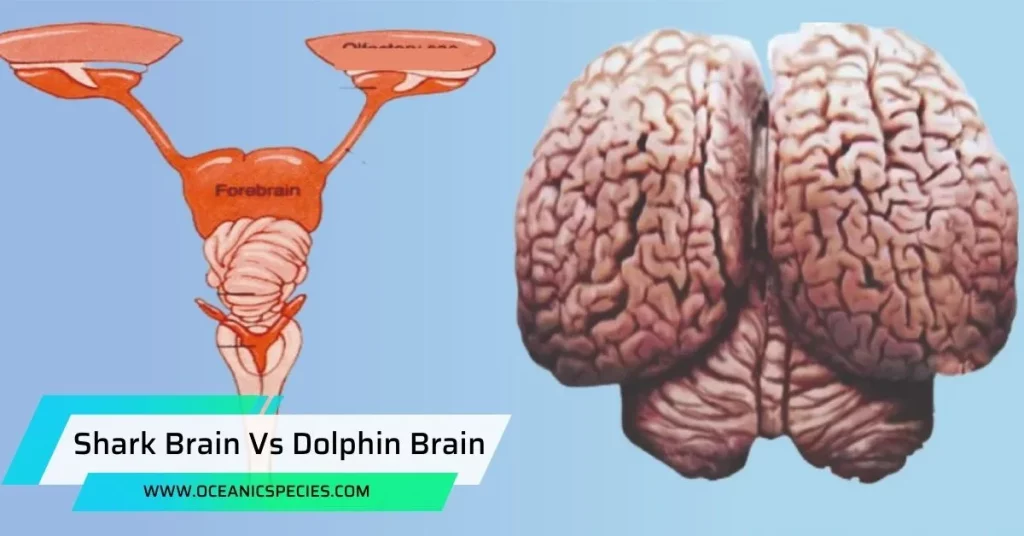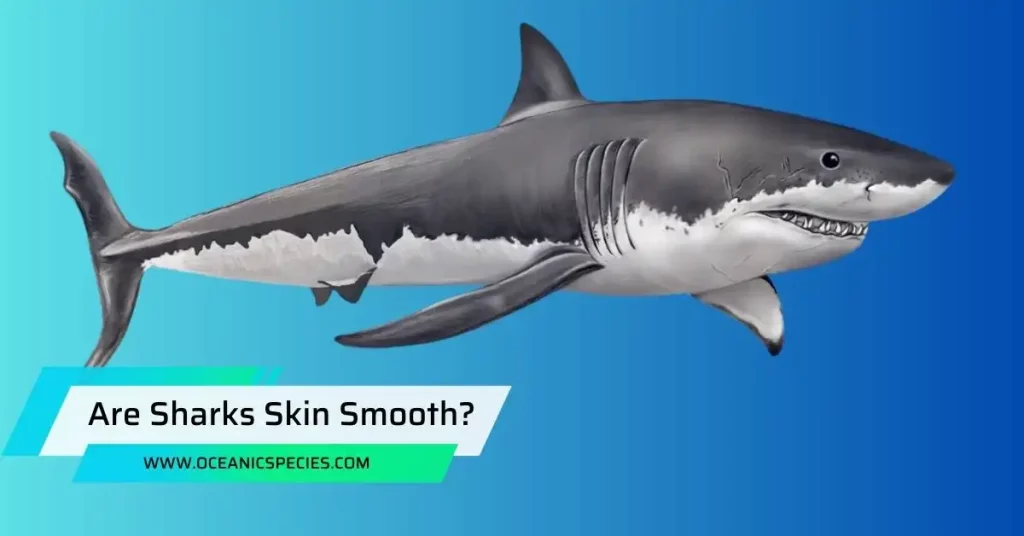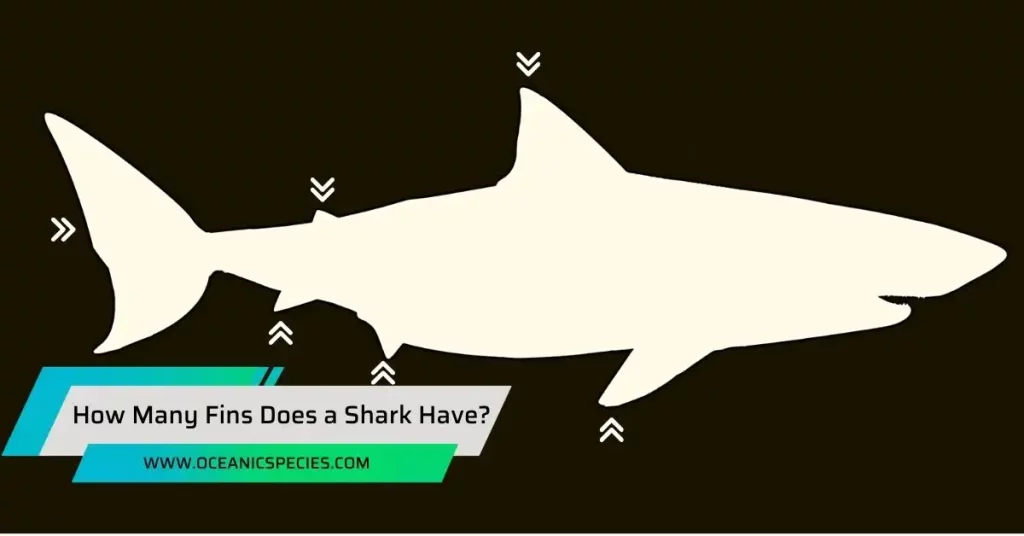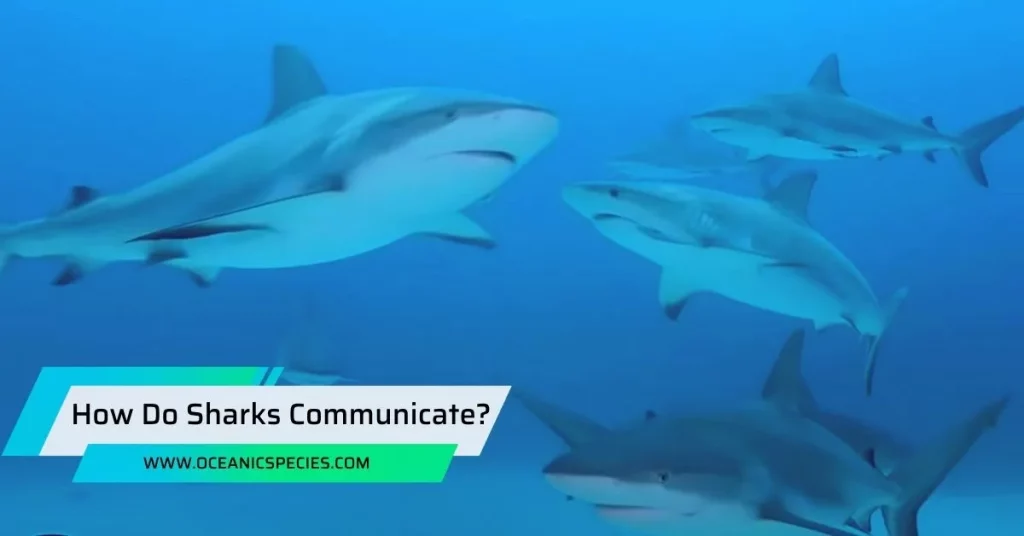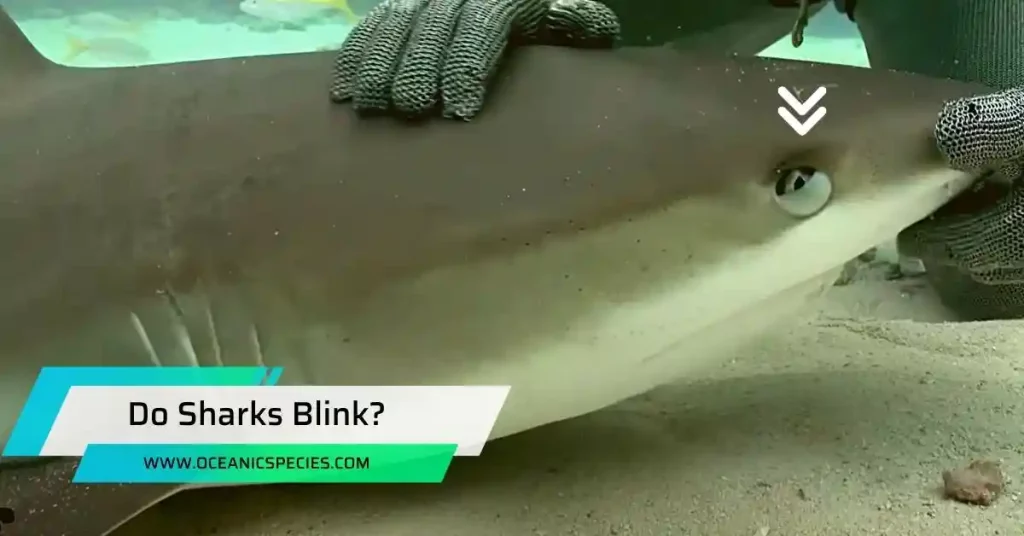Shark brain and dolphin brain have distinct characteristics, including differences in size and structure. In the vast depths of the ocean, sharks and dolphins reign supreme as some of the most intriguing creatures.
While both possess highly developed brains, their anatomical structures and cognitive functions vary significantly. The shark brain is relatively simple, with a small cerebrum and a heightened emphasis on instinctual behaviors. Conversely, the dolphin brain is larger and more complex, housing a highly developed neocortex responsible for advanced cognitive capabilities such as problem-solving and communication.
This article compares the unique qualities of shark and dolphin brains, shedding light on their respective roles in their marine environments. Understanding these differences helps uncover the fascinating intricacies of these fascinating marine creatures.
Understanding The Anatomy Of Shark And Dolphin Brains
Studying the anatomy of shark and dolphin brains provides valuable insights into how these creatures perceive and interact with their environment. While sharks possess a simpler brain structure, dolphins exhibit more complexity and advanced cognitive abilities.
Shark Brain Vs Dolphin Brain
Sharks and dolphins are two of the most fascinating marine creatures, both possessing impressive intelligence and adaptability. Understanding the anatomy of their brains can shed light on their unique behaviors and abilities. Let’s dive into the structure and functions of shark and dolphin brains to uncover the key similarities and differences.
Shark Brain Structure And Functions
A shark’s brain is relatively simple, consisting of distinct regions that perform specific functions.

The main components of a shark’s brain include the olfactory bulbs, cerebrum, optic lobes, and hindbrain. The olfactory bulbs are responsible for processing smells, enabling sharks to detect prey, mates, or potential threats in their surroundings.
The cerebrum plays a vital role in coordinating sensory inputs and controlling the shark’s behavior and movements. The optic lobes are responsible for processing visual information, allowing sharks to navigate their environment effectively The hindbrain controls basic bodily functions and coordinates motor activities.
Dolphin Brain Structure And Functions
Dolphin brains are larger and more complex compared to sharks.
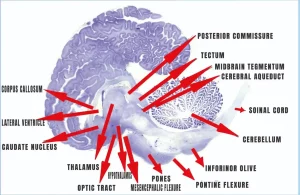
The different regions of a dolphin’s brain exhibit specialized functions, enabling them to exhibit remarkable cognitive abilities. The auditory system in a dolphin’s brain is highly developed, allowing them to communicate and navigate using echolocation.
The neocortex, which is responsible for higher-order cognitive functions, is particularly well-developed in dolphins, suggesting their advanced intelligence. The limbic system in dolphin brains is also highly developed, indicating their ability to experience emotions and form social bonds.
Key Similarities And Differences In Brain Anatomy
Sharks and dolphins have certain similarities in their brain anatomy. Both possess distinct regions that control sensory processing, motor functions, and basic bodily functions. Both species exhibit strong brain connections between the sensory and motor areas, enabling swift responses to their environment.
However, there are also significant differences between the brain structures of sharks and dolphins. Dolphins have a larger and more convoluted neocortex compared to sharks, suggesting a higher level of cognitive abilities. Dolphins also have a well-developed auditory system, allowing them to communicate and perceive their surroundings through echolocation, which is absent in sharks.
Sharks rely more heavily on their olfactory bulbs and optic lobes for survival, while dolphins rely on their auditory system and neocortex for communication, navigation, and social behaviors.
Evolutionary Differences And Adaptations In Brain Size
The evolution of brain size in sharks and dolphins reflects the different strategies these creatures have employed to survive and thrive in their respective habitats. While dolphins have larger brains associated with more complex cognitive abilities, sharks have adapted to their environments using instinctual behaviors.
Examining The Evolutionary History Of Sharks And Dolphins
Sharks and dolphins are two fascinating creatures that have evolved differently over millions of years. Let’s take a closer look at their evolutionary history.
- Sharks have been around for approximately 450 million years and have changed very little in terms of their basic body structure. They belong to a group of fish called cartilaginous fish, which means their skeletons are made of cartilage instead of bone. This ancient lineage has allowed them to thrive in various marine environments and adapt to different food sources.
- Dolphins, on the other hand, are a type of marine mammal and are believed to have evolved around 50 million years ago. They share a common ancestor with land-dwelling mammals like cows and giraffes. Over time, dolphins developed streamlined bodies, flippers for propulsion, and a blowhole on top of their heads for breathing.
How Brain Size Relates To Intelligence In Different Species
Intelligence is a complex trait that is not solely determined by brain size. However, brain size can provide some insights into the cognitive capabilities of different species. Let’s explore this further.
- In general, larger brains tend to be associated with more complex cognitive abilities. This is because a larger brain can house a greater number of neurons, which are the cells responsible for processing and transmitting information.
- However, it’s important to note that brain size alone does not guarantee higher intelligence. The organization and connectivity of the brain, as well as the specific regions that are developed, also play a crucial role in determining an animal’s cognitive abilities.
Comparative Analysis Of Shark And Dolphin Brain Size
When comparing the brain size of sharks and dolphins, some interesting differences emerge.
Sharks have relatively small brains compared to their body size. This is likely because they have a simpler brain structure and rely more on instinctual behaviors rather than complex cognition. Dolphins, on the other hand, have larger brains relative to their body size. This suggests a higher potential for cognitive abilities such as problem-solving, communication, and self-awareness.
One particular area of interest is the neocortex, which is responsible for higher cognitive functions in mammals. Dolphins have a well-developed neocortex compared to sharks, indicating a greater capacity for learning and advanced social behaviors.
However, it’s important to remember that each species has evolved unique adaptations that are suited to their specific ecological niche. While dolphins may have larger brains and exhibit more complex cognitive abilities compared to sharks, both species are highly successful in their respective environments.
Cognitive Abilities: Assessing The Intelligence Of Sharks And Dolphins
In this section, we will delve into the realm of their minds and explore the distinct ways in which they problem-solve, learn, exhibit social behavior, and ultimately assess their intelligence through scientific research.
Problem-Solving And Learning Capabilities In Sharks
Sharks, with their ancient lineage and predatory nature, possess unique problem-solving and learning capabilities. Here are some key points to consider:
- Sharks have an innate ability to adapt and respond to changing environments, allowing them to solve problems related to finding food and avoiding predators.
- Research has shown that sharks possess spatial learning skills, enabling them to remember and navigate complex underwater territories.
- They demonstrate observational learning, where they observe and learn from other sharks’ behaviors, especially when it comes to hunting techniques.
- Sharks exhibit problem-solving skills when confronted with obstacles such as nets or traps, using their sensory perception to find a way to overcome these challenges.
Cognitive Abilities And Social Behavior In Dolphins
Dolphins, on the other hand, are celebrated for their highly developed cognitive abilities and intricate social behavior. Here are some key points to consider:
- Dolphins are known for their advanced communication skills, using a combination of clicks, whistles, and body language to interact and cooperate with each other.
- They possess self-awareness, as demonstrated by their ability to recognize themselves in mirrors, a characteristic shared only by a few intelligent animals.
- Dolphins exhibit complex problem-solving skills, such as using tools, coordinating group hunting strategies, and even engaging in play-based problem-solving activities.
- Research has shown that dolphins display a high capacity for social learning, where they observe and learn from each other’s behaviors, passing down knowledge through generations.
Evaluating The Intelligence Of Sharks And Dolphins Through Scientific Research
Scientists have devised various approaches to assess the intelligence of sharks and dolphins, shedding light on their cognitive abilities. Here are some key points to consider:
- Research often involves conducting experiments to evaluate various aspects of intelligence, such as problem-solving, memory, and learning abilities.
- Comparative studies between sharks, dolphins, and other species help researchers understand the unique cognitive capabilities of these marine animals.
- Neurobiological investigations, including mapping the brains of sharks and dolphins, provide insights into their cognitive processes and abilities.
- Behavioral observations and field studies also contribute valuable information to comprehensively evaluate the intelligence of these magnificent creatures.
Communication And Language Skills
While dolphins excel in their communication and language capabilities, sharks employ different modes of communication to navigate their marine environments. The contrasting methods highlight the diversity and complexity of communication in the underwater world.
Different Modes Of Communication In Sharks And Dolphins
Sharks and dolphins, two of the most fascinating marine creatures, have evolved distinct methods of communication. While both species rely on communication and language skills to navigate their oceanic habitats, their approaches differ significantly. Let’s explore the various modes of communication in sharks and dolphins.
- Sharks primarily communicate through non-vocal means, utilizing body language, visual signals, and chemical cues.
- Dolphins, on the other hand, are renowned for their wide range of vocalizations and complex social interactions.
Vocalizations And Social Interactions In Dolphins
Dolphins are highly social creatures, relying heavily on vocalizations to communicate with each other and establish social bonds. Here are some key points about their vocalizations and social interactions:
- Dolphins produce a diverse array of clicks, whistles, and body movements, each with distinct meanings. These vocalizations can travel underwater for several miles, enabling dolphins to communicate over long distances.
- Their whistle-like vocalizations serve as individual calling cards, allowing dolphins to recognize and communicate with specific individuals within their pod.
- Dolphins exhibit a high level of intelligence and emotional intelligence, engaging in complex social interactions and cooperative behaviors.
- In addition to vocalizations, dolphins also rely on body language, such as leaping, tail-slapping, and fin-waving, to convey messages and express their intentions.
Exploring The Language Capabilities Of Sharks And Dolphins
While dolphins have demonstrated advanced language capabilities, the same cannot be said for sharks. However, recent studies have shed light on some interesting aspects of shark communication. Here are the key points:
- Sharks primarily rely on chemical cues to communicate with each other. They possess an acute sense of smell, enabling them to detect and interpret chemical signals in their environment.
- Shark communication is crucial for mating, territorial defense, and hunting. They release specific pheromones in the water to attract potential mates or signal dominance over a territory.
- While sharks do not possess the complex vocal repertoire of dolphins, they do produce low-frequency noises during courtship or aggressive encounters. These sounds, though not as varied or intricate as dolphin vocalizations, serve as communication signals in the shark’s underwater realm.
Sensory Perception And Hunting Techniques
Sharks and dolphins inhabit the vast oceans of our planet. While they may share some similarities, their brains and hunting techniques are quite different. In this section, we will explore how the sensory perception of sharks and dolphins influences their hunting abilities.
Unique Sensory Perception Of Sharks And Its Role In Hunting
Sharks possess highly developed senses that allow them to navigate and hunt effectively in their environment. These include:

- Electroreception: Sharks have special receptors called ampullae of lorenzini which can detect electrical fields produced by other animals. This enables them to locate prey even in complete darkness.
- Olfaction: Sharks have an exceptional sense of smell and can detect blood or other scents from great distances. This helps them track down injured or hidden prey.
- Lateral line system: This system allows sharks to sense vibrations in the water, helping them detect the movement of potential prey nearby.
Echolocation And Sensory Abilities Of Dolphins
Dolphins, on the other hand, rely on a different set of sensory abilities to hunt effectively. They are known for their exceptional echolocation skills, which enable them to navigate and locate prey with precision. Dolphins produce clicking sounds that bounce off objects in their surroundings, and by listening to the echoes, they can determine the location, shape, and movement of their prey. In addition to echolocation, dolphins also have highly developed vision and hearing capabilities, allowing them to spot and track their prey visually or by listening to its sounds.
Comparing The Hunting Techniques Of Sharks And Dolphins
Sharks primarily use stealth and surprise to capture their prey. Their exceptional sensory perception allows them to locate potential prey from a distance, and they rely on their sleek bodies and powerful jaws to catch their prey quickly and efficiently. Sharks often employ ambush tactics, lurking in the shadows before launching a swift attack. Some shark species, like the great white, are known for breaching the surface to catch marine mammals.
Dolphins, on the other hand, use a more cooperative and strategic approach to hunting. They often work together in pods, corralling schools of fish and disorienting them with their movements. Dolphins may also create bubble nets to trap fish, stunning them and making them easier to catch. Their exceptional communication skills and coordinated teamwork give them an edge when it comes to capturing prey.
Environmental Factors And Brain Functionality
One aspect that sets sharks and dolphins apart is their brain functionality and the role that environmental factors play in shaping it. Let’s delve deeper into the influence of habitat and environmental factors on shark brain functions, as well as the effects of social interactions and social structure on dolphin brain functionality.
Influence Of Habitat And Environmental Factors On Shark Brain Functions
Sharks are highly adaptive creatures, and their brain functionality is closely linked to the environment in which they live. The size and complexity of a shark’s brain can vary depending on its habitat and the ecological demands it faces. The oceanic environment presents unique challenges that shape shark brain functions, such as navigating vast distances, detecting prey, and avoiding predators. Sharks that inhabit more diverse and ecologically dynamic habitats tend to have more developed cognitive abilities and sensory perception. Factors like water temperature, salinity, and currents can also impact shark brain functionality, influencing their behavior, and cognitive processes.
Effects Of Social Interactions And Social Structure On Dolphin Brain Functionality
Dolphins are highly social animals that live in dynamic social structures, and their brain functionality is strongly influenced by these social interactions. The complexity of dolphin social groups contributes to the development of their brains, enabling advanced cognitive abilities and problem-solving skills. Cooperative behaviors, such as hunting in groups and assisting injured pod members, require complex communication and planning, leading to enhanced brain functionality. Social interactions within dolphin pods foster advanced echolocation abilities, language development, and emotional intelligence. Dolphins living in communities with more social complexity have been observed to have larger brains and greater cognitive capabilities.
The Role Of Environmental Factors In Shaping The Intelligence Of Sharks And Dolphins
Environmental factors play a vital role in shaping the intelligence of both sharks and dolphins. Both species have evolved in response to specific ecological challenges, resulting in adaptations that enhance their cognitive abilities. The diversity and complexity of their habitats have provided opportunities for the development of advanced sensory perception, problem-solving skills, and social intelligence. Environmental factors such as prey availability, competition, and predation risks have driven the evolution of their brains, allowing them to thrive in their respective ecosystems. The interplay between the environment and brain functionality is an ongoing process, with sharks and dolphins continually adapting to changes in their habitats.
Deciphering The Ultimate Intelligent Predator
Sharks and dolphins both have captivated the human imagination for centuries. In our quest to understand the mysteries of the natural world, studying their intelligence and cognitive abilities has provided valuable insights. In this section, we will summarize the key findings on shark and dolphin intelligence, appreciate the unique qualities of both species, and understand the implications of their intelligence in the natural world.
Summarizing The Key Findings On Shark And Dolphin Intelligence
Sharks and dolphins are widely recognized as two of the most intelligent creatures in the ocean. Research has shown that dolphins possess highly developed social and communication skills. Dolphins demonstrate self-awareness, a sense of empathy, and the ability to solve complex problems. On the other hand, sharks have a remarkable sensory system, allowing them to detect even the slightest electrical impulses in the water. Sharks exhibit advanced hunting techniques and possess long-term spatial memory.
Appreciating The Unique Qualities Of Both Species
Dolphins are known for their playful nature, exhibiting a range of social behaviors such as cooperative hunting and intricate communication. These highly social creatures form complex social structures and engage in cooperative parenting, demonstrating a unique sense of community. Sharks, on the other hand, are apex predators with a reputation for their stealth and power. Their streamlined bodies and acute senses make them efficient hunters in their respective ecosystems. Sharks have been around for millions of years and have evolved into highly efficient and specialized predators.
Understanding The Implications Of Their Intelligence In The Natural World
The intelligence of dolphins and sharks has significant implications for their respective ecosystems. Dolphins, as highly social creatures, play a crucial role in maintaining the balance of marine life through their complex social interactions and communication. Their intelligence allows them to adapt to changing environments and provide valuable information about the health of ocean ecosystems. Similarly, sharks’ intelligence enables them to thrive as top predators, maintaining the delicate equilibrium of marine food chains. Their sensory capabilities and hunting skills make them important indicators of the overall health and biodiversity of the oceans.
Frequently Asked Questions
How Does A Shark’S Brain Impact Its Behavior?
A shark’s brain controls instincts and hunting, resulting in solitary behavior and limited social interactions.
What Abilities Does A Dolphin’S Brain Possess That A Shark’S Brain Lacks?
Unlike shark brains, dolphin brains exhibit complex communication, problem-solving, and social bonding capabilities.
Can Dolphins Outsmart Sharks Due To Their Brain Structures?
Dolphins’ advanced brain structures allow them to outsmart sharks in terms of adaptability and social strategies.
Is A Shark Brain More Primitive Compared To A Dolphin Brain?
Yes, shark brains are considered more primitive than dolphin brains in terms of cognitive abilities and social behaviors.
Conclusion
The comparison between the shark brain and the dolphin brain reveals fascinating insights into the cognitive abilities of these marine creatures. Both species showcase distinct characteristics that contribute to their survival in their respective environments. While the shark brain reflects a streamlined adaptation for instinctual hunting and sensory perception, the dolphin brain demonstrates remarkable social intelligence and acoustic communication skills.
As we delve deeper into understanding the intricate workings of these remarkable organs, we come to appreciate the unique strategies that sharks and dolphins have evolved to navigate their underwater realms. This knowledge not only fuels our curiosity about the animal kingdom but also highlights the importance of conserving their habitats.
By protecting these magnificent creatures, we not only safeguard the diversity of our planet but also gain valuable insights into the complexity of nature’s design.

